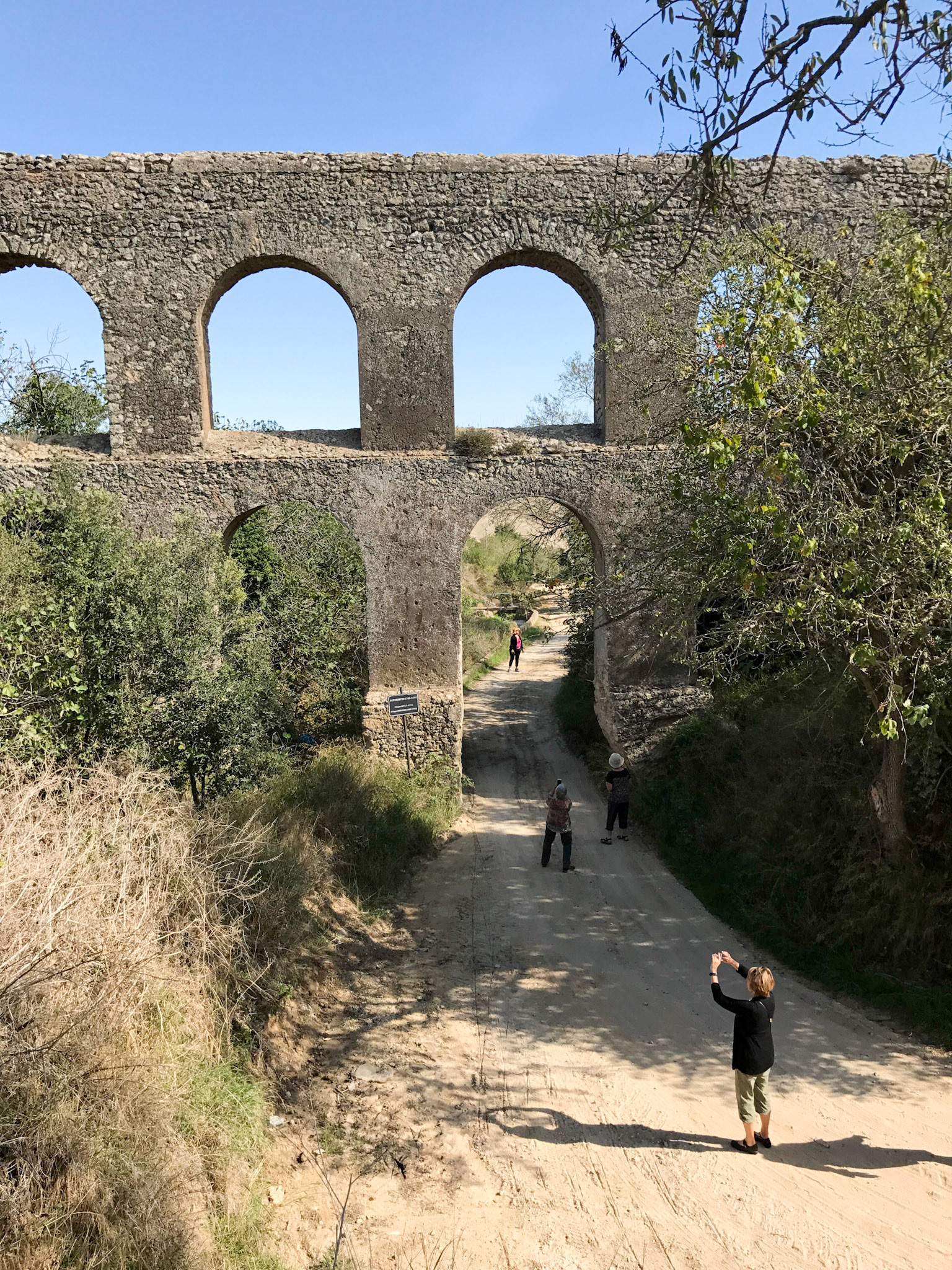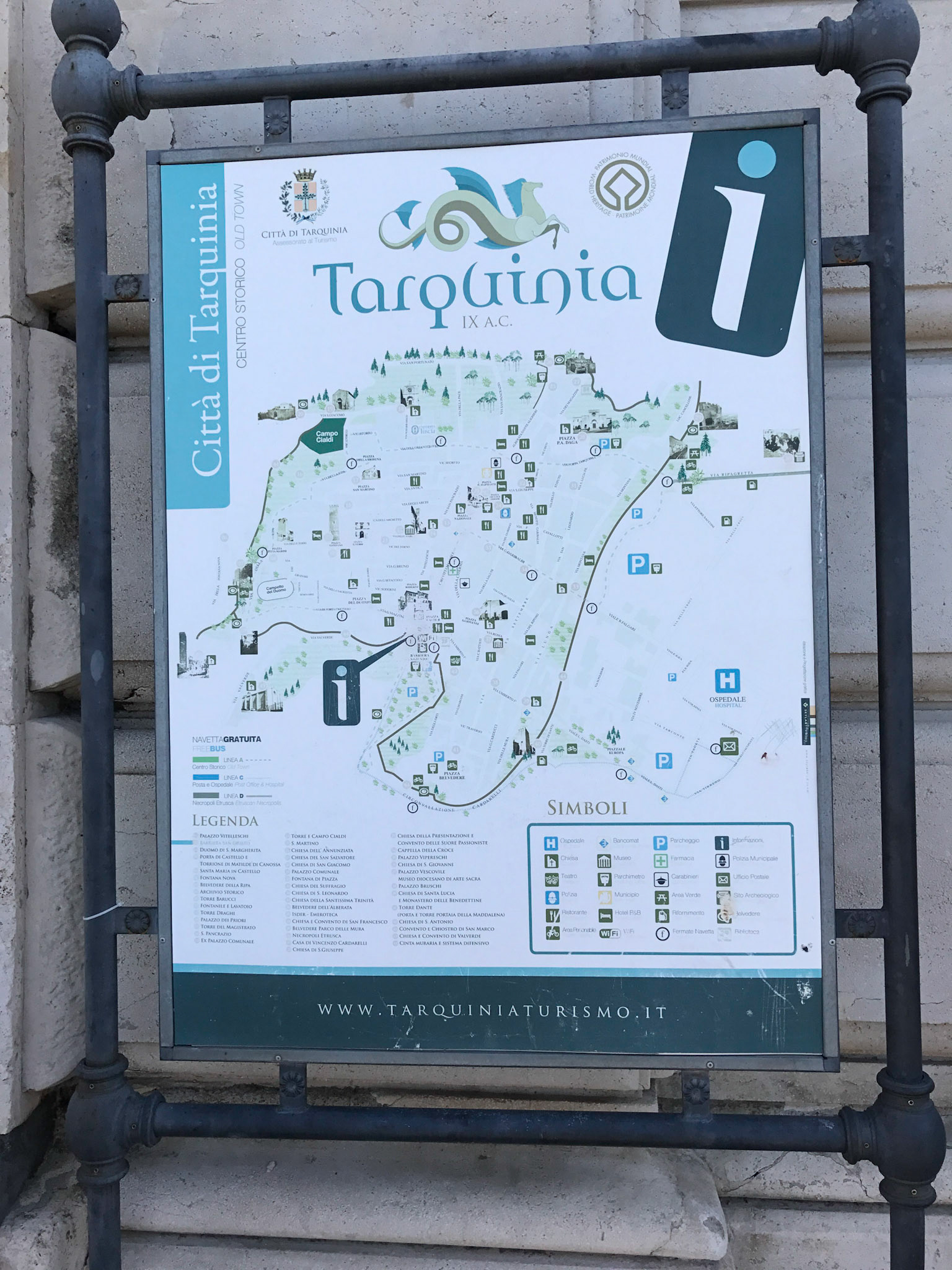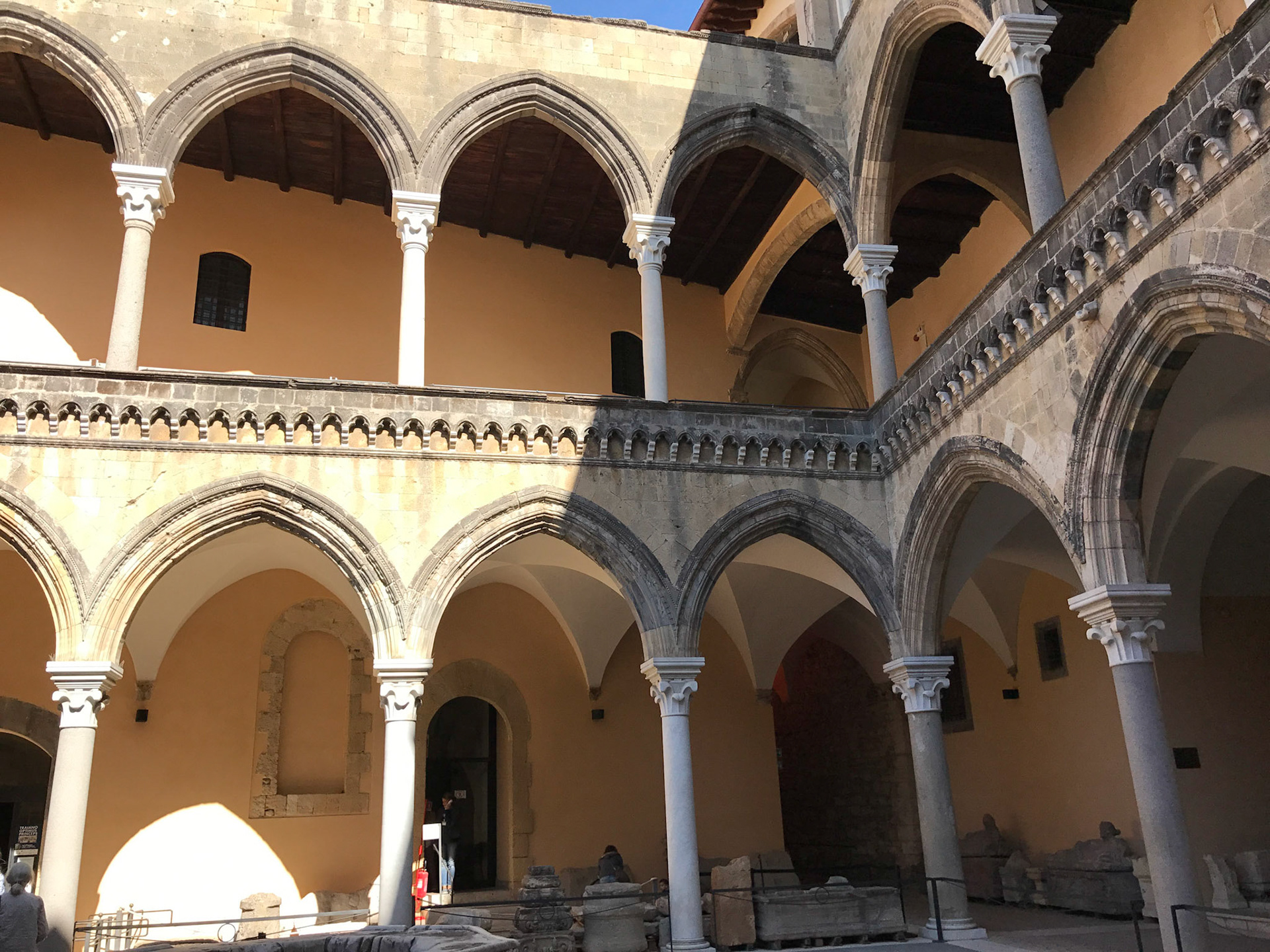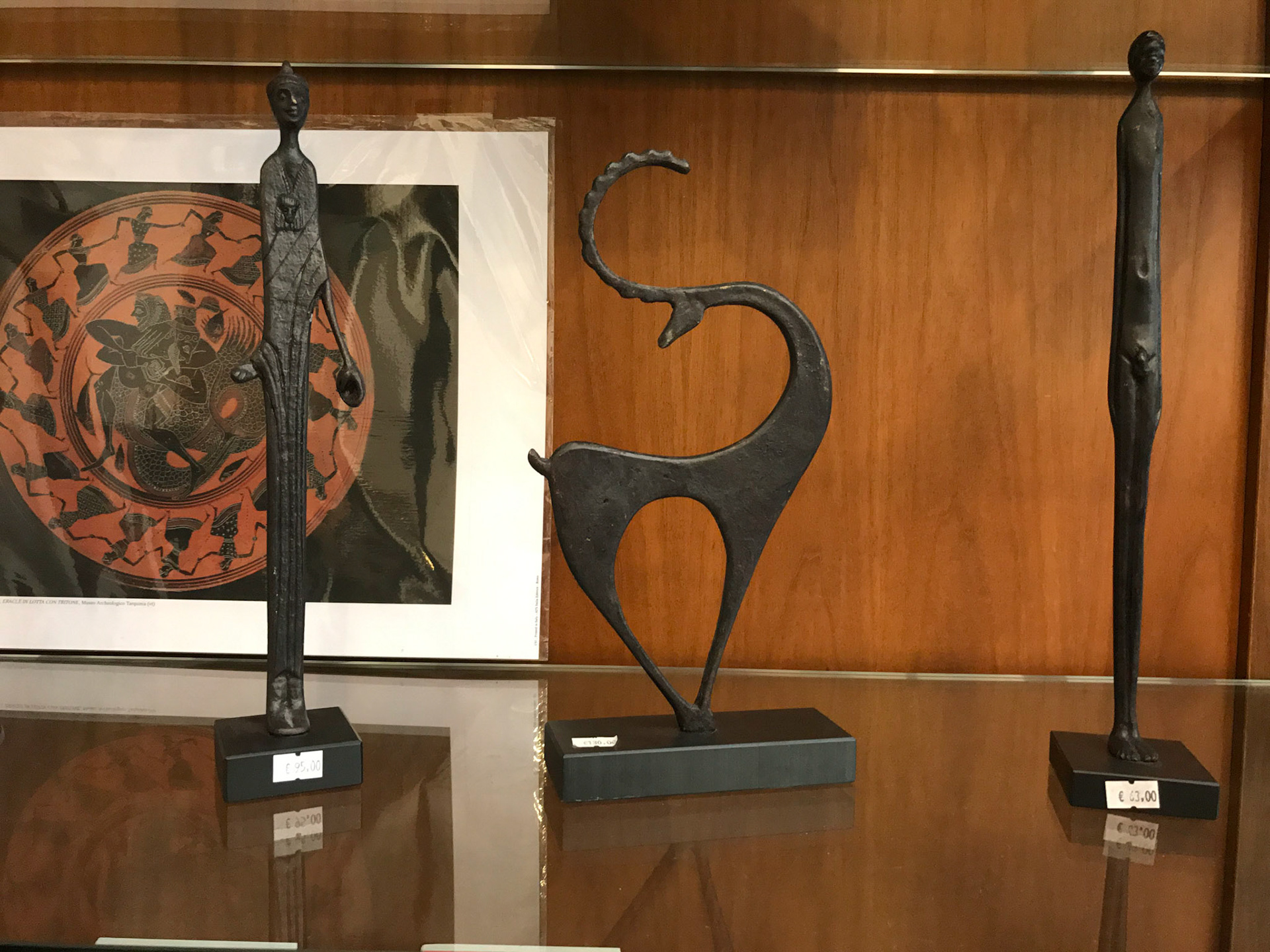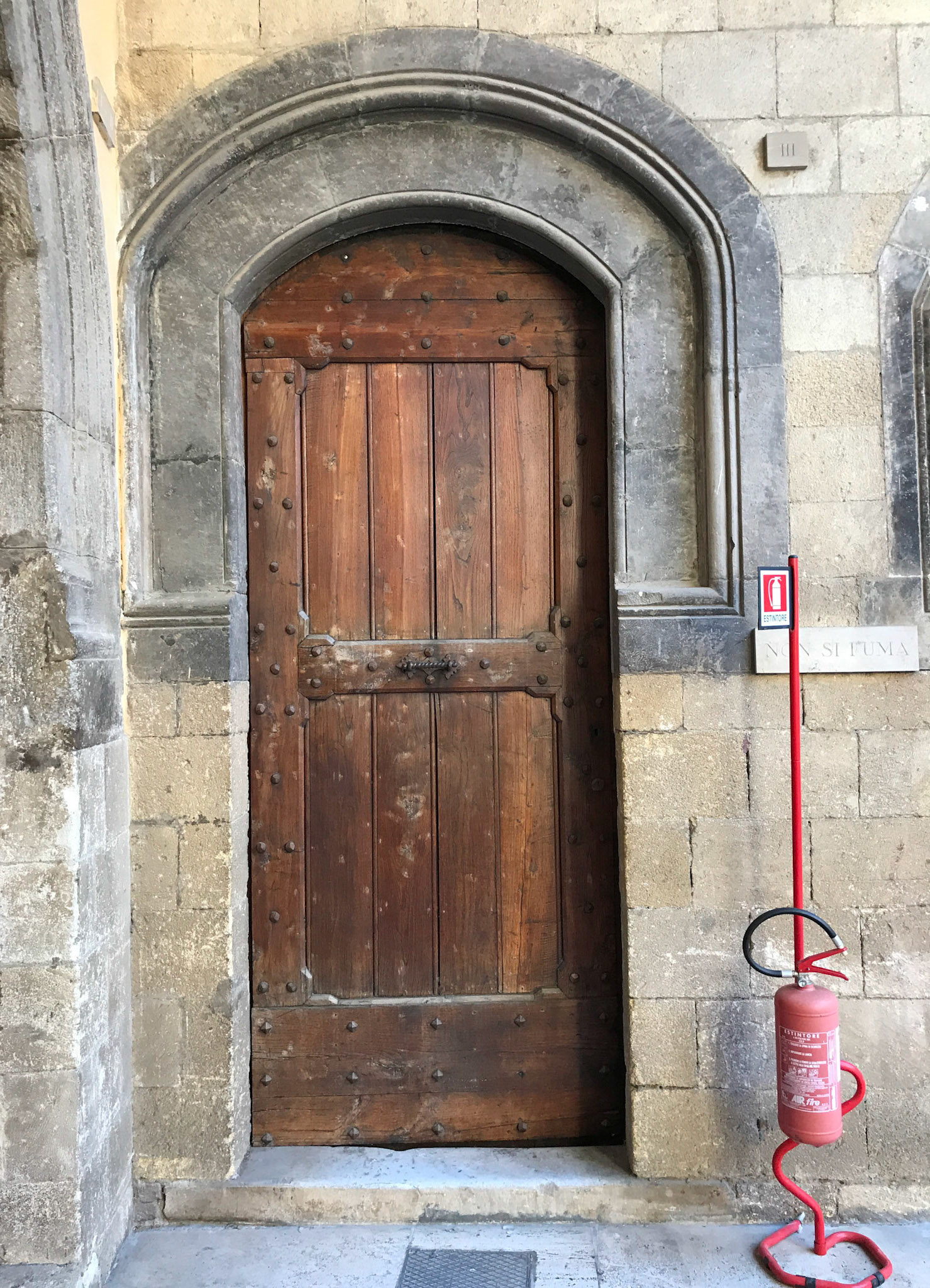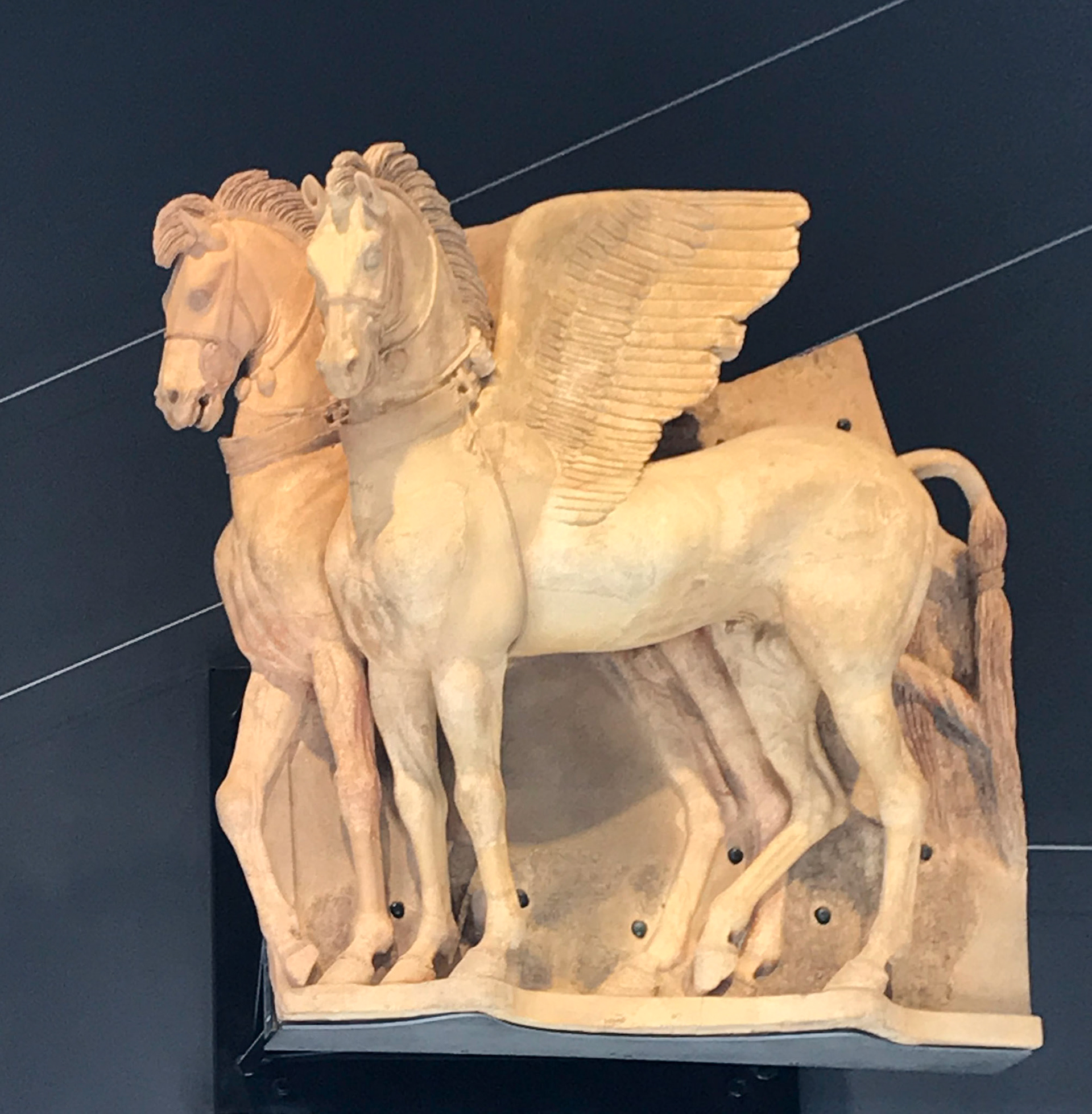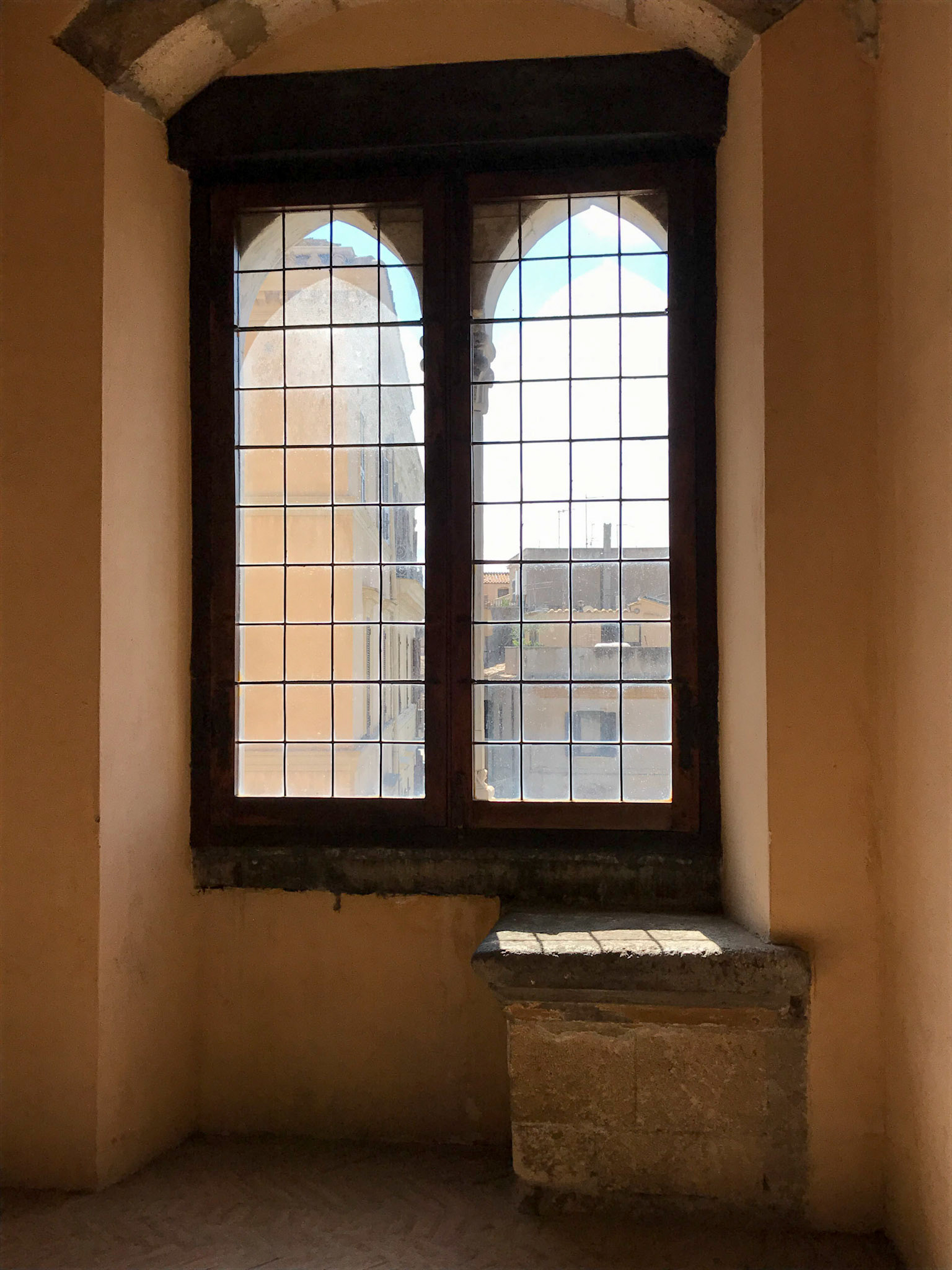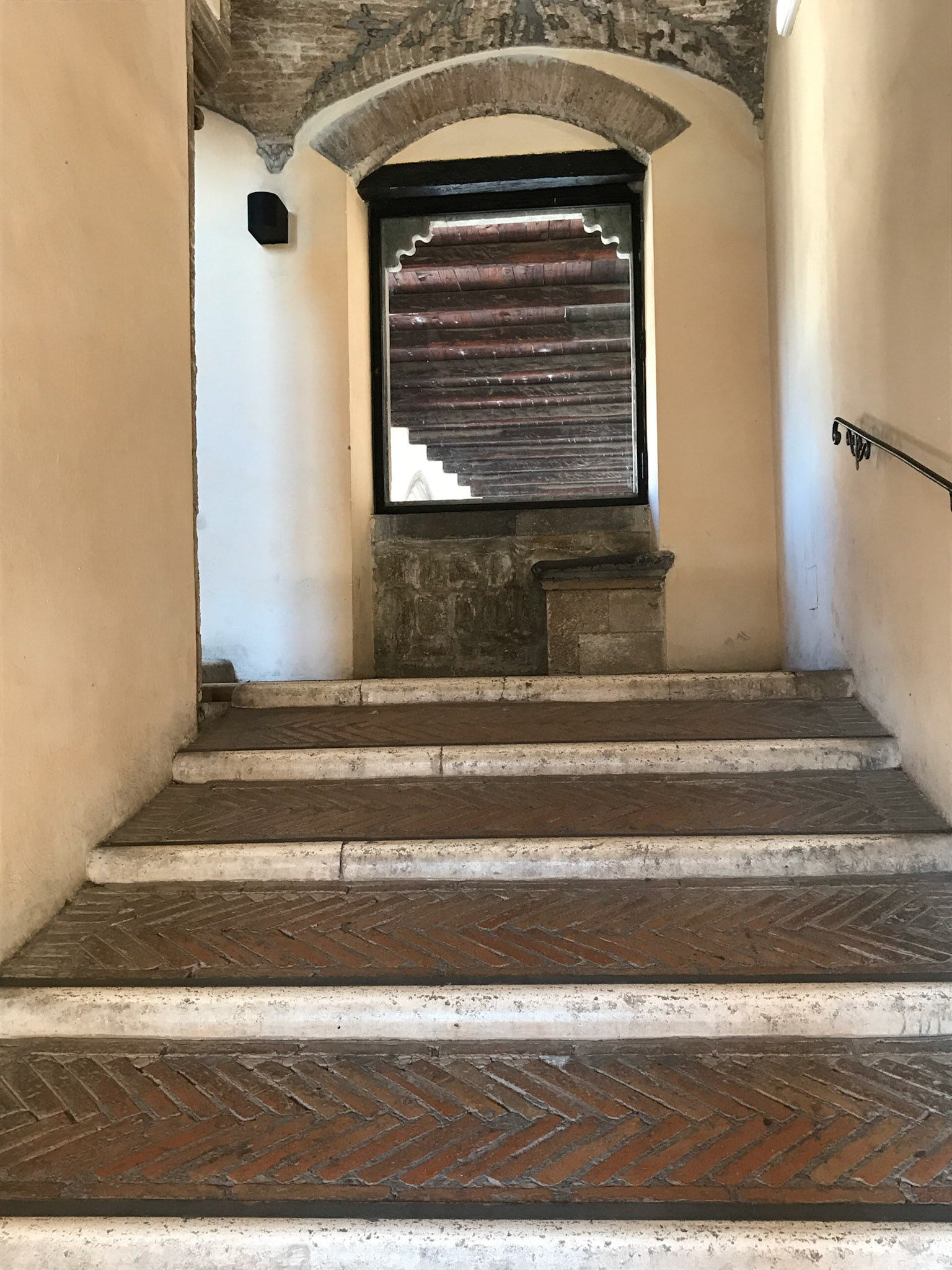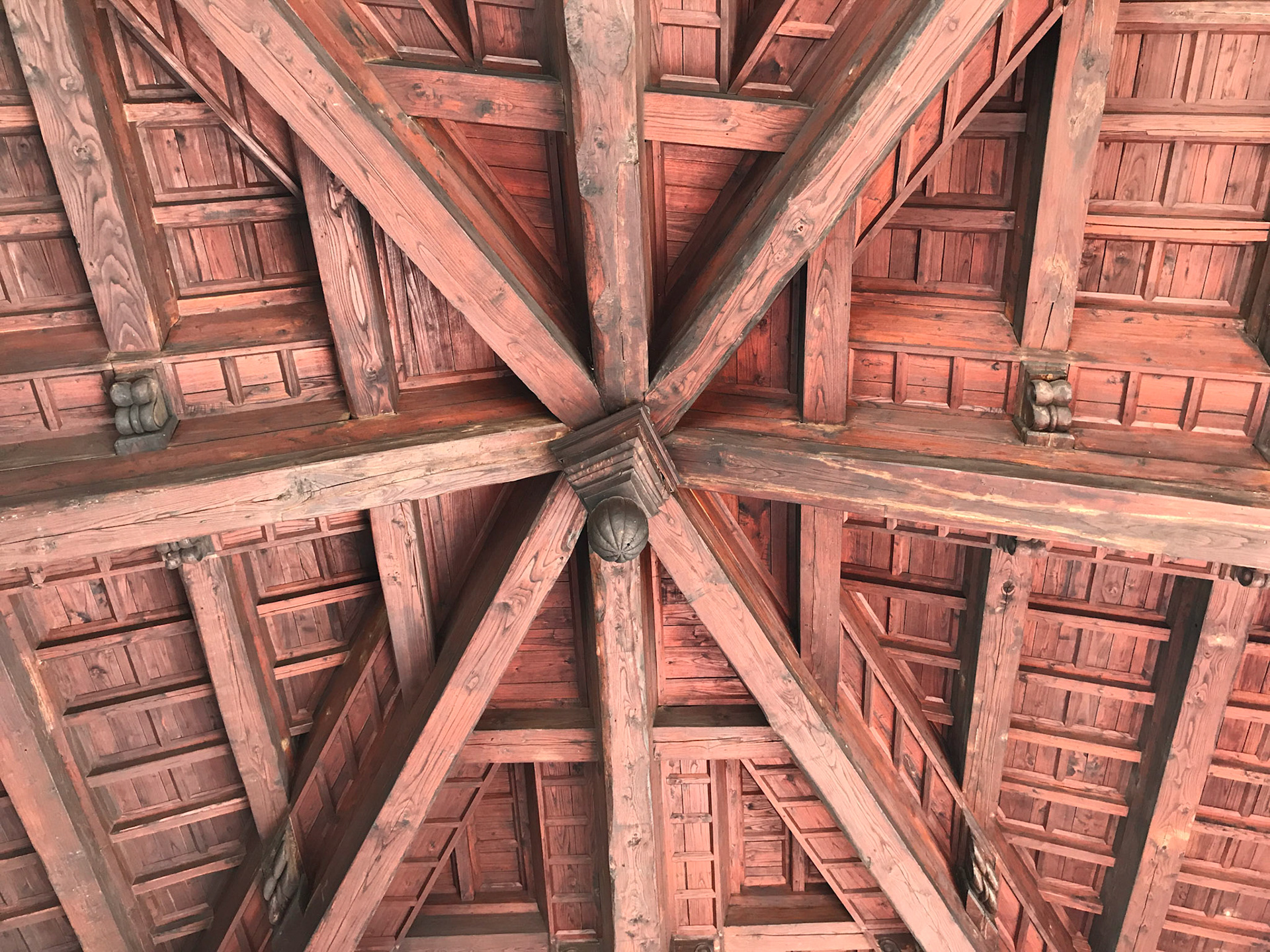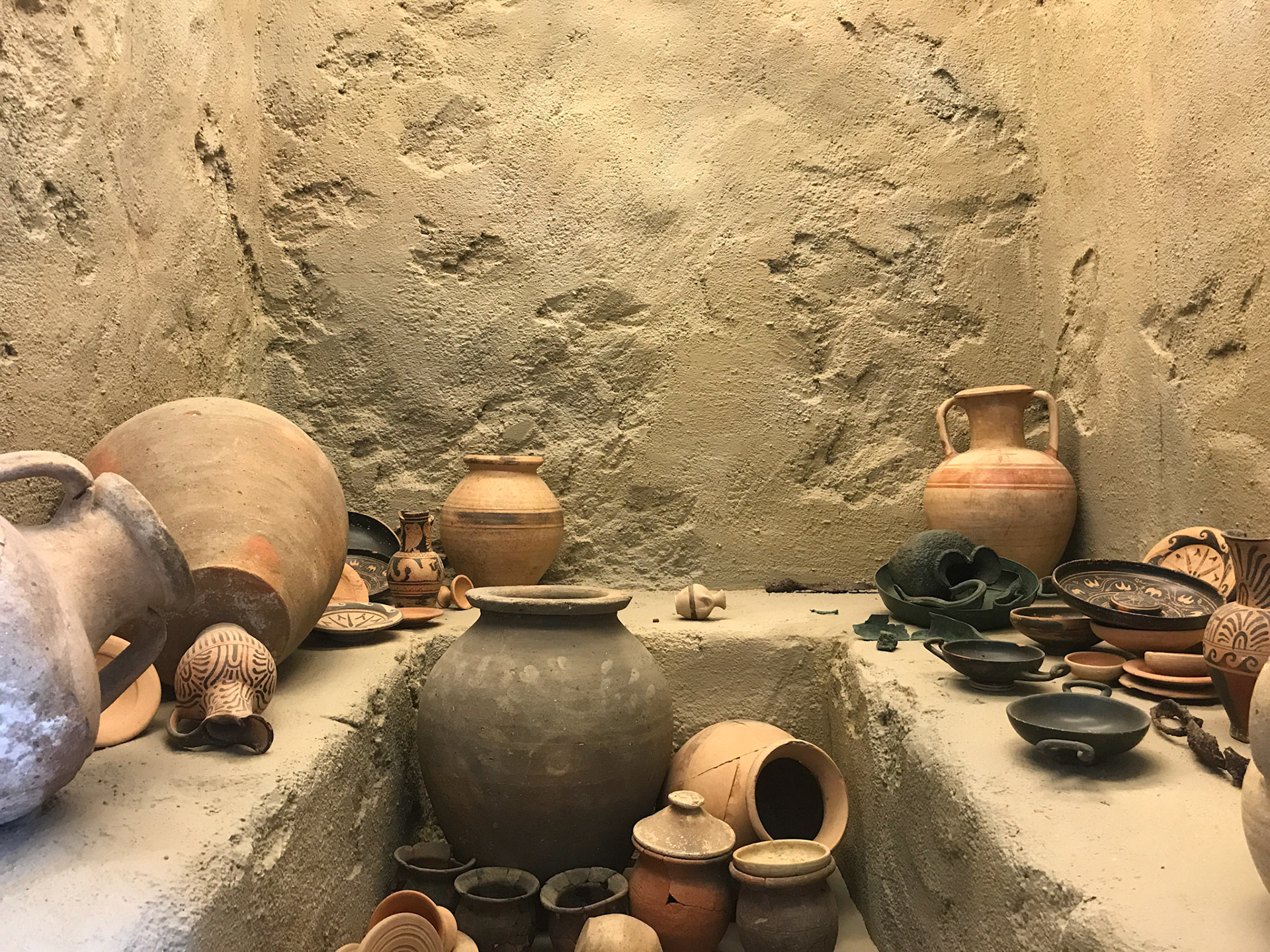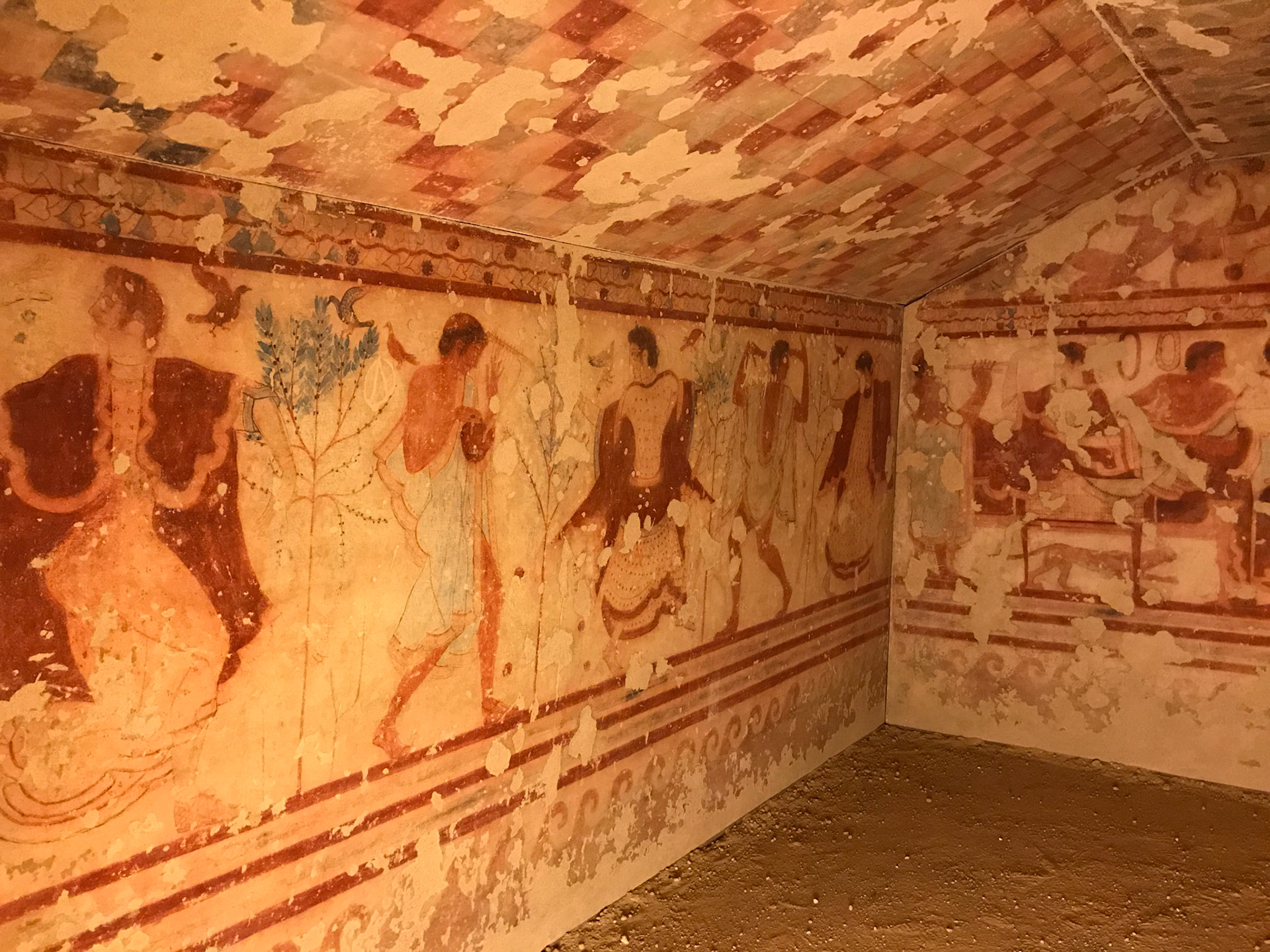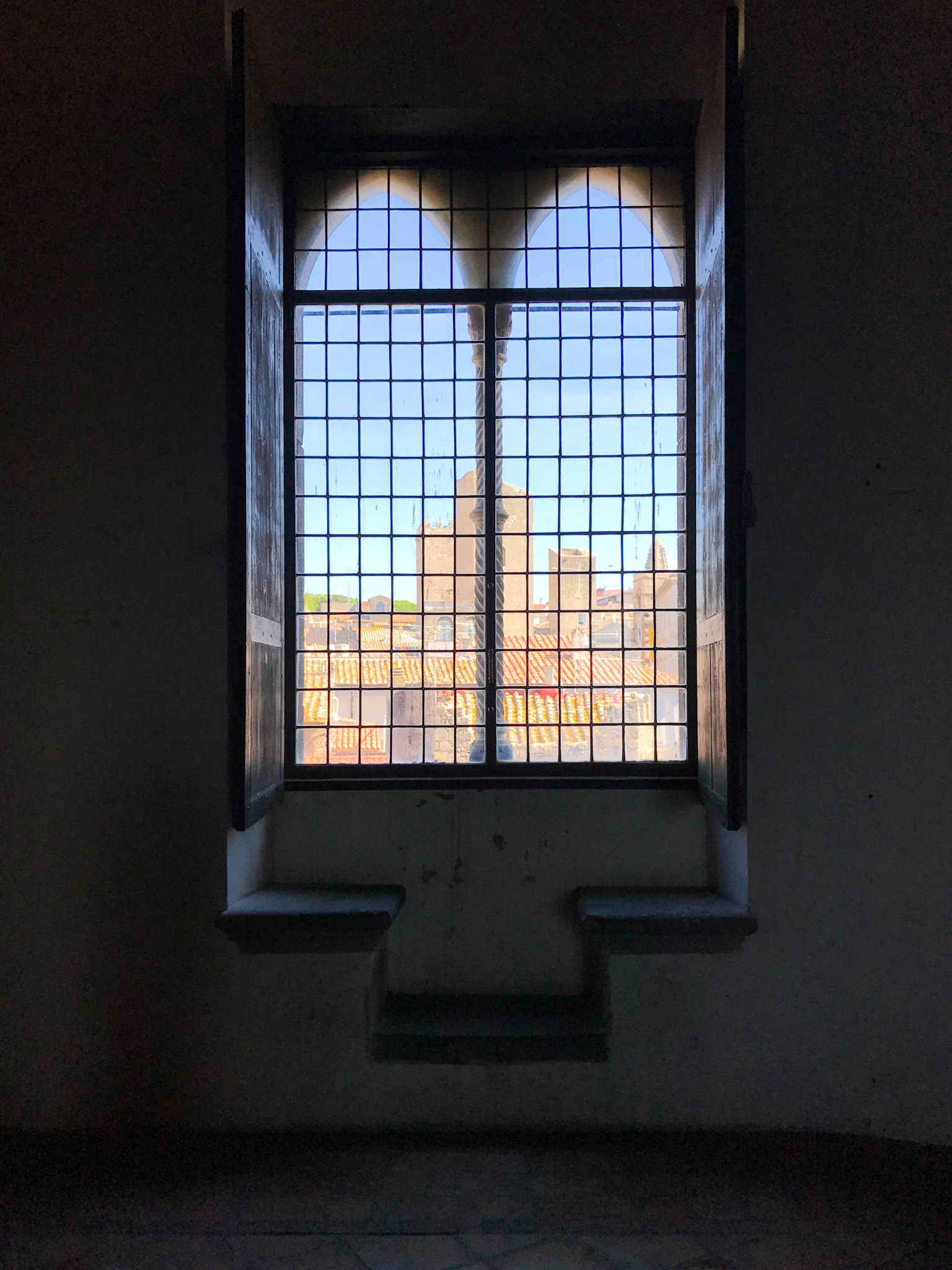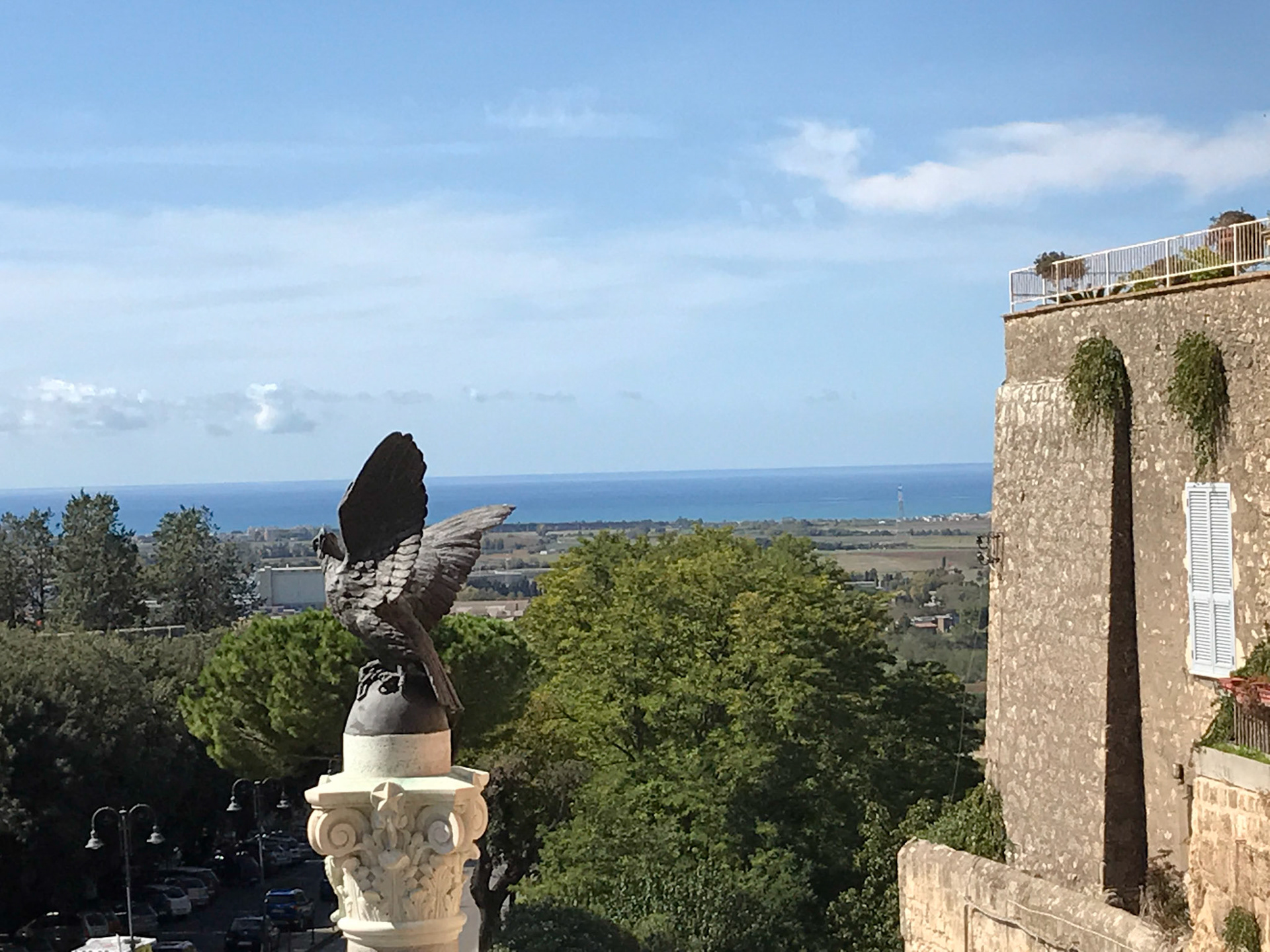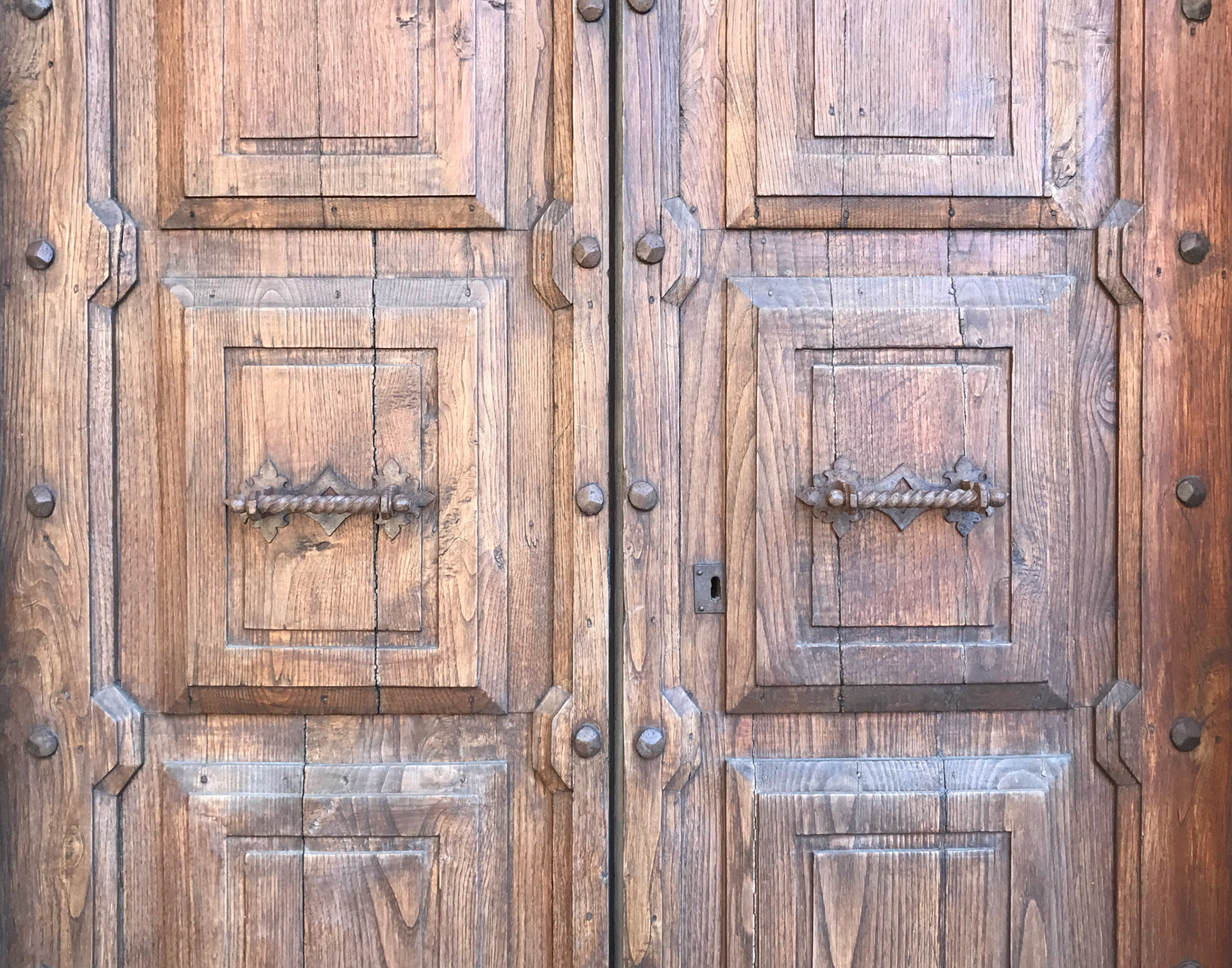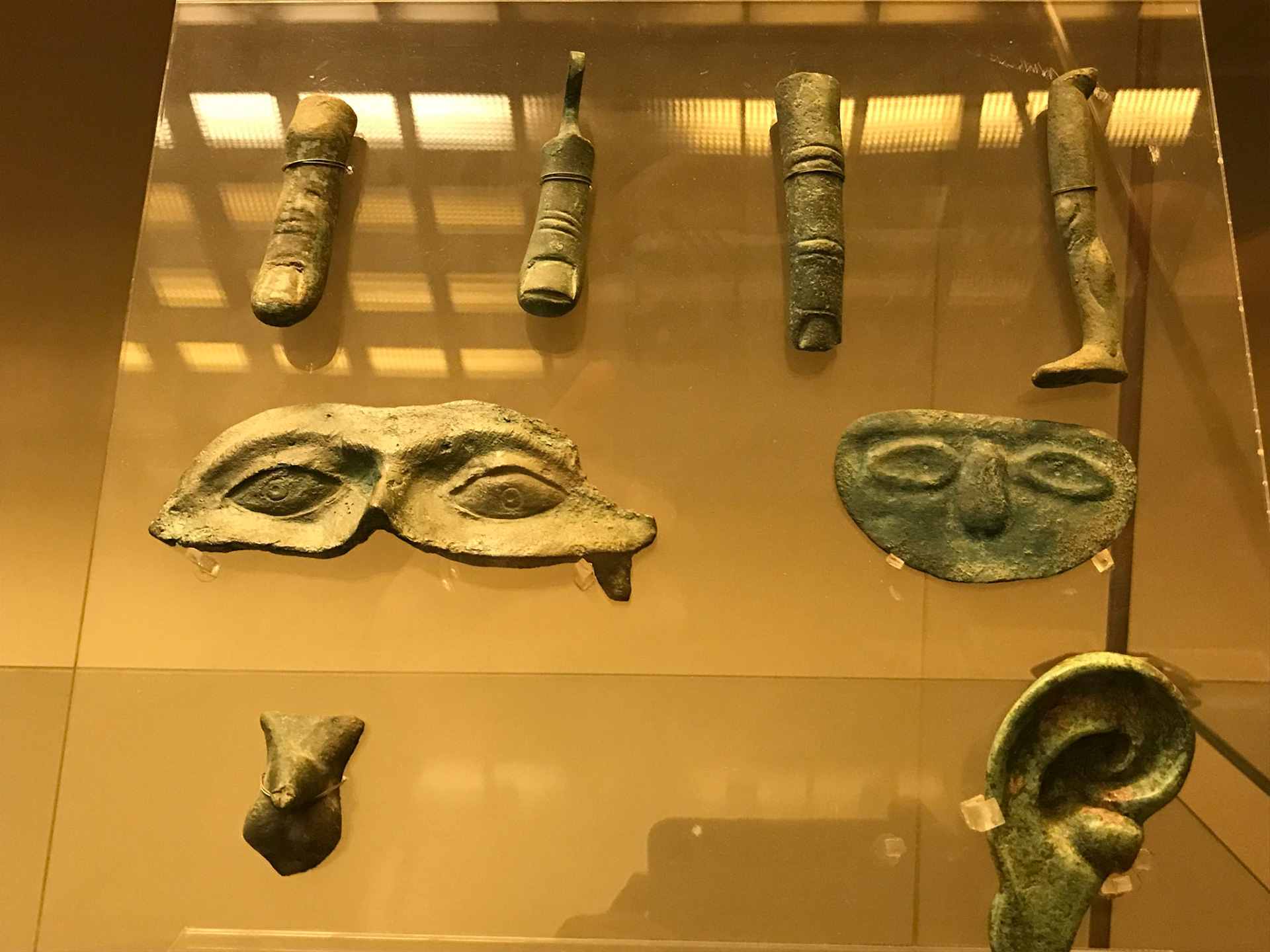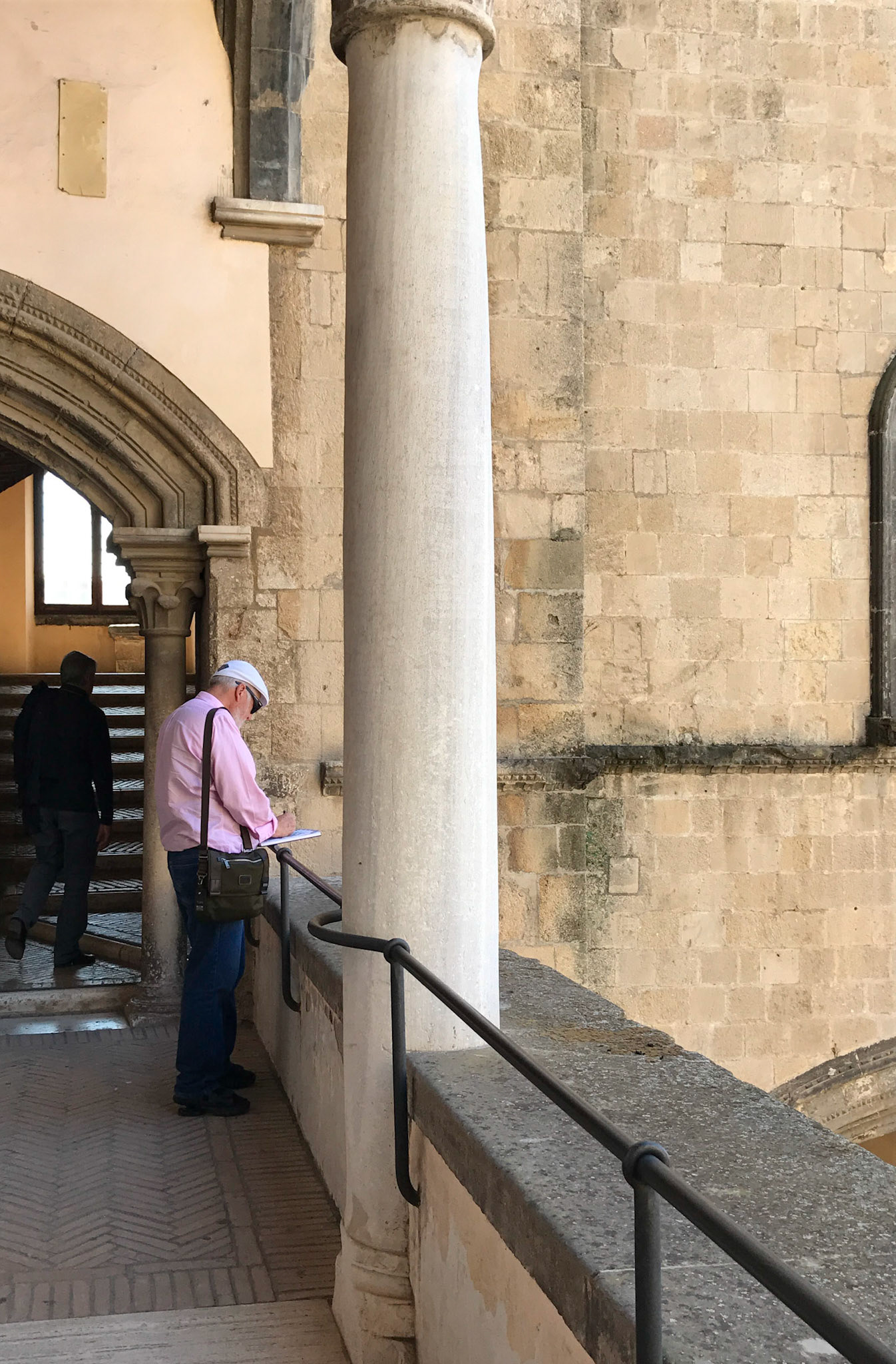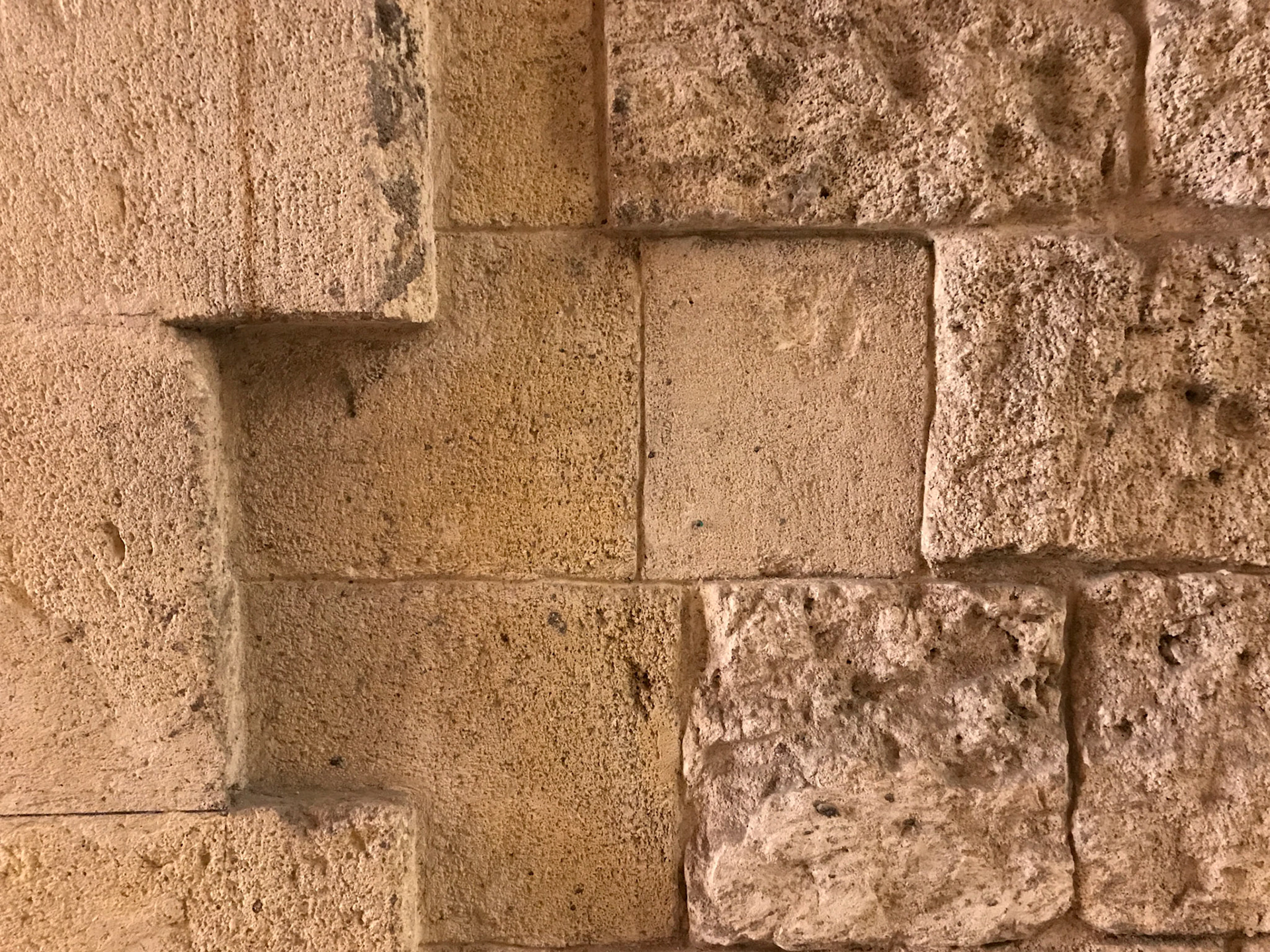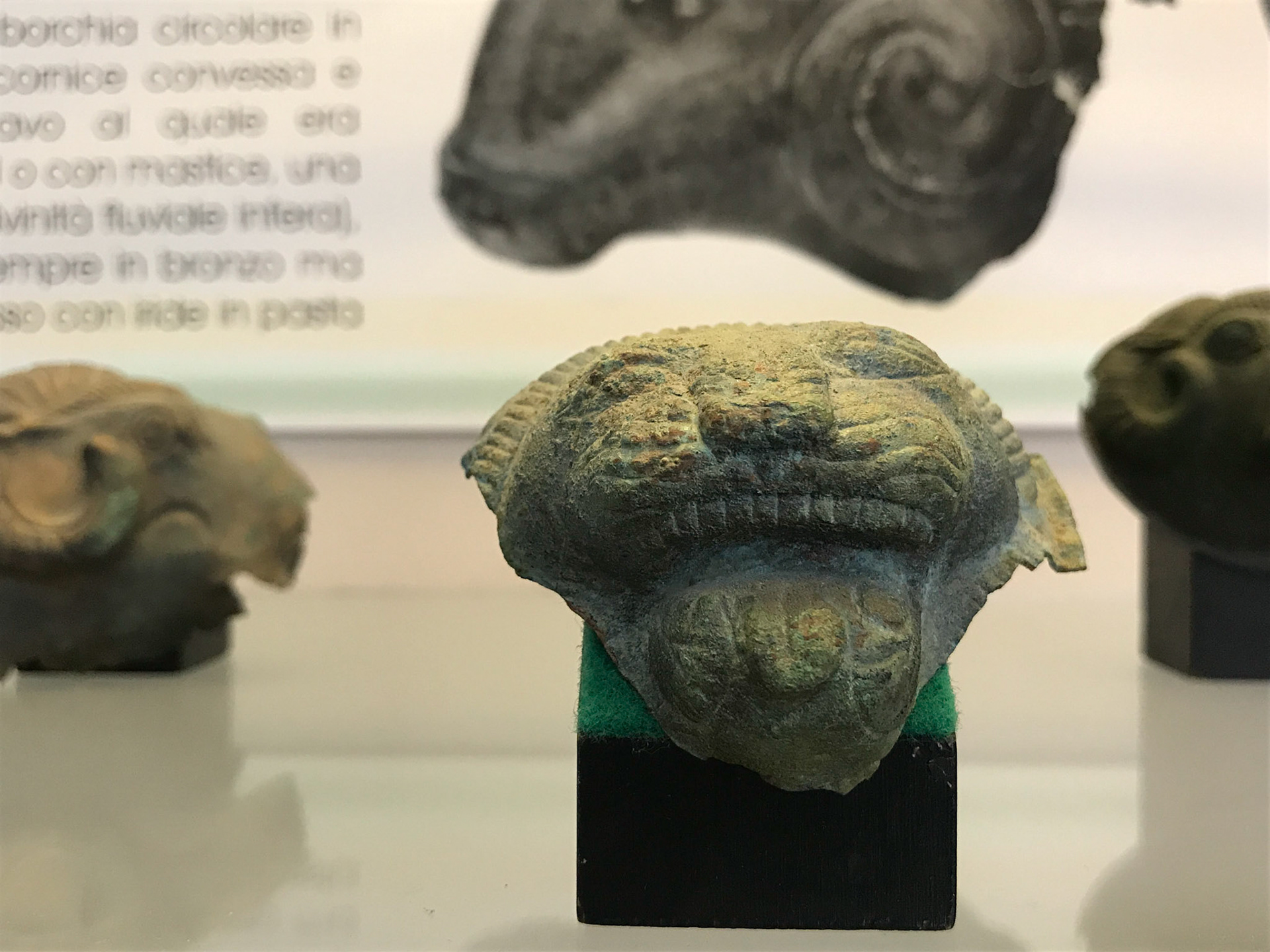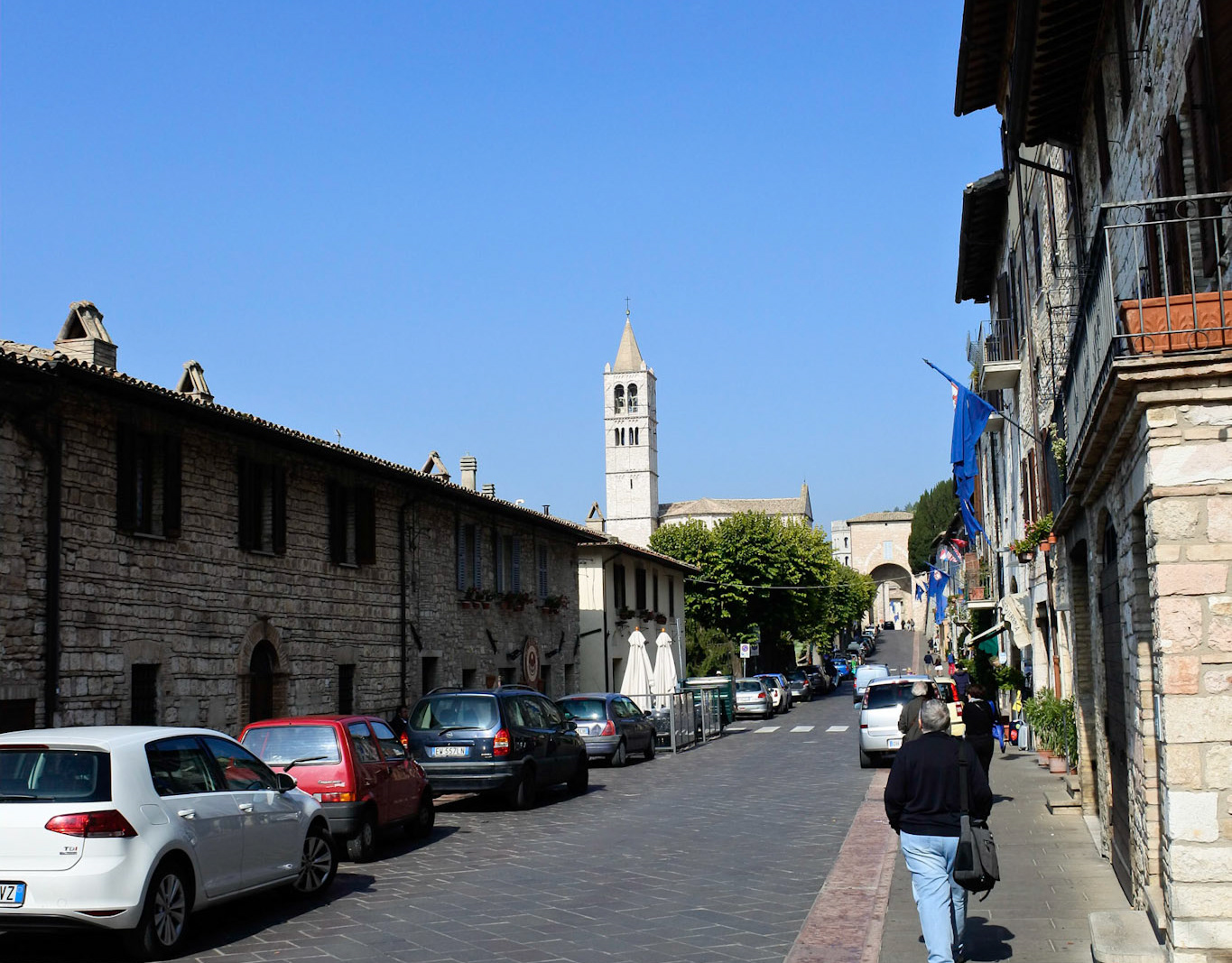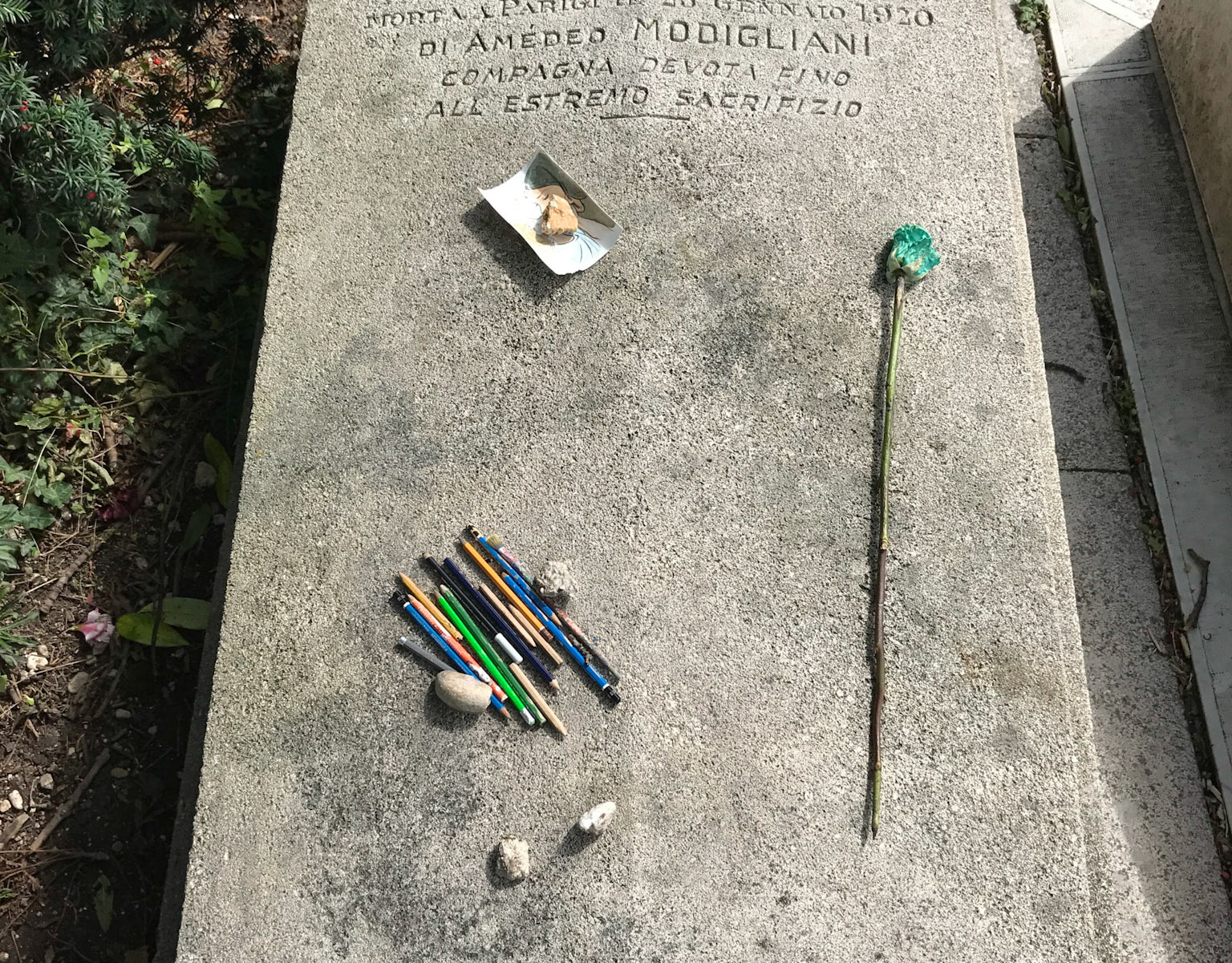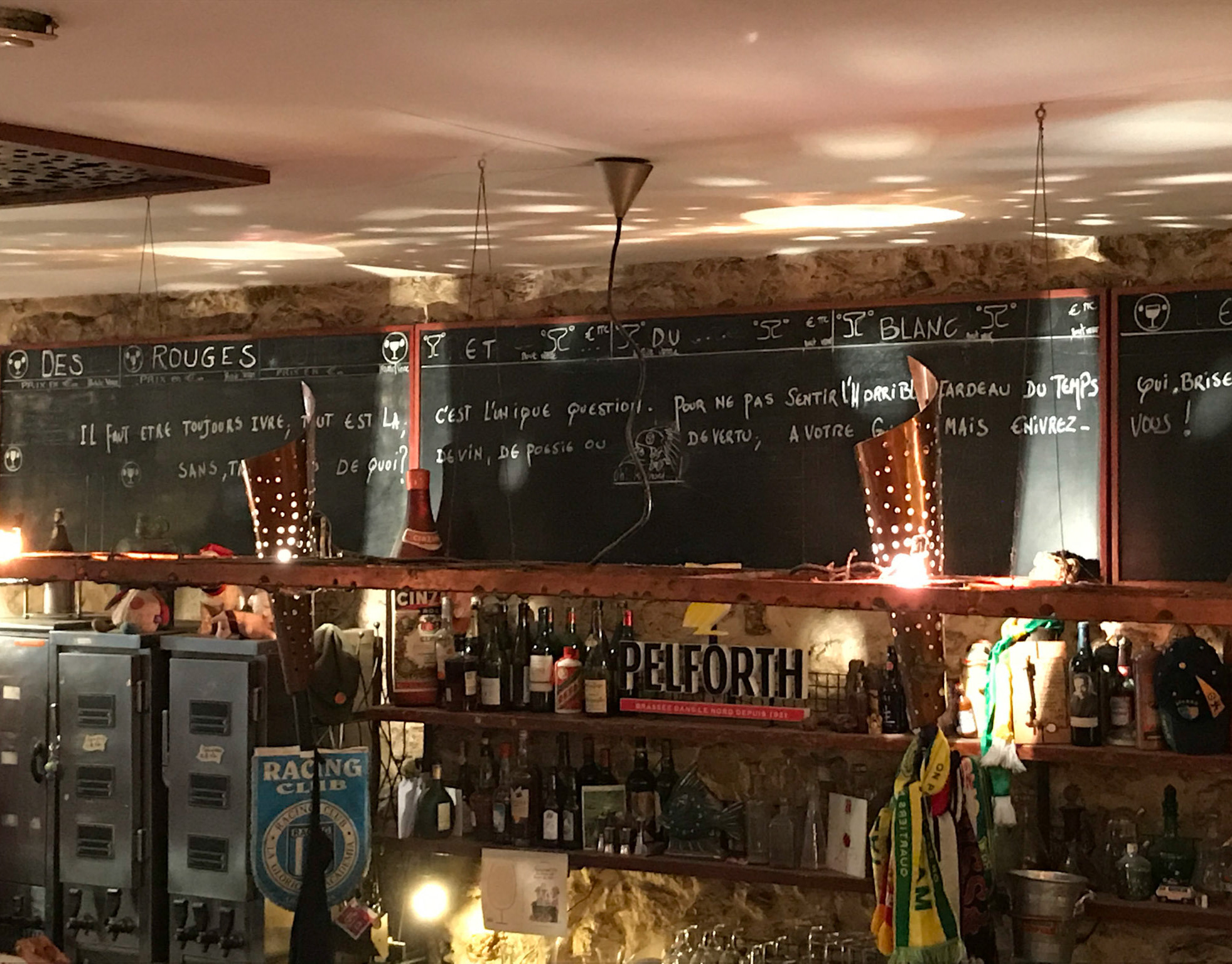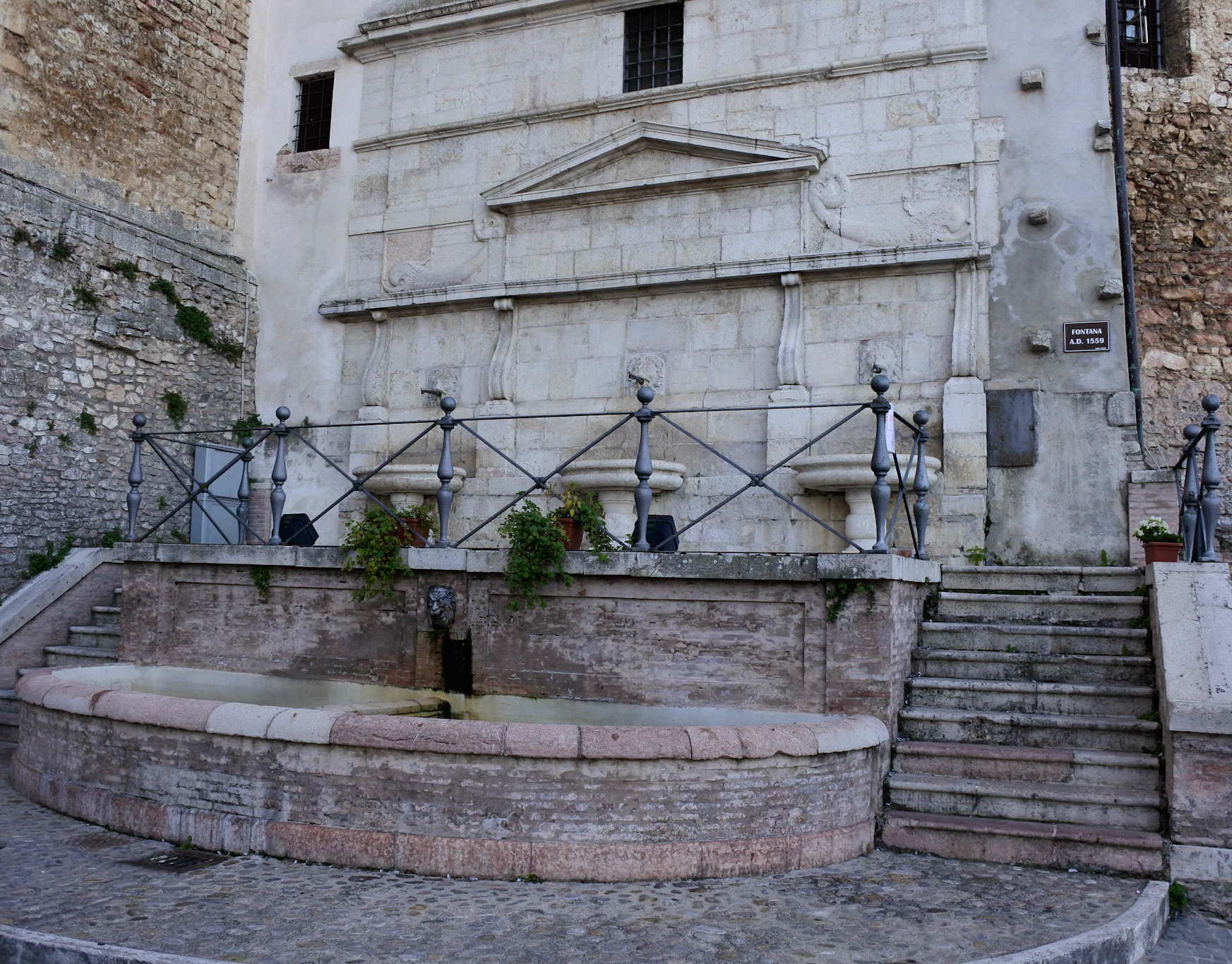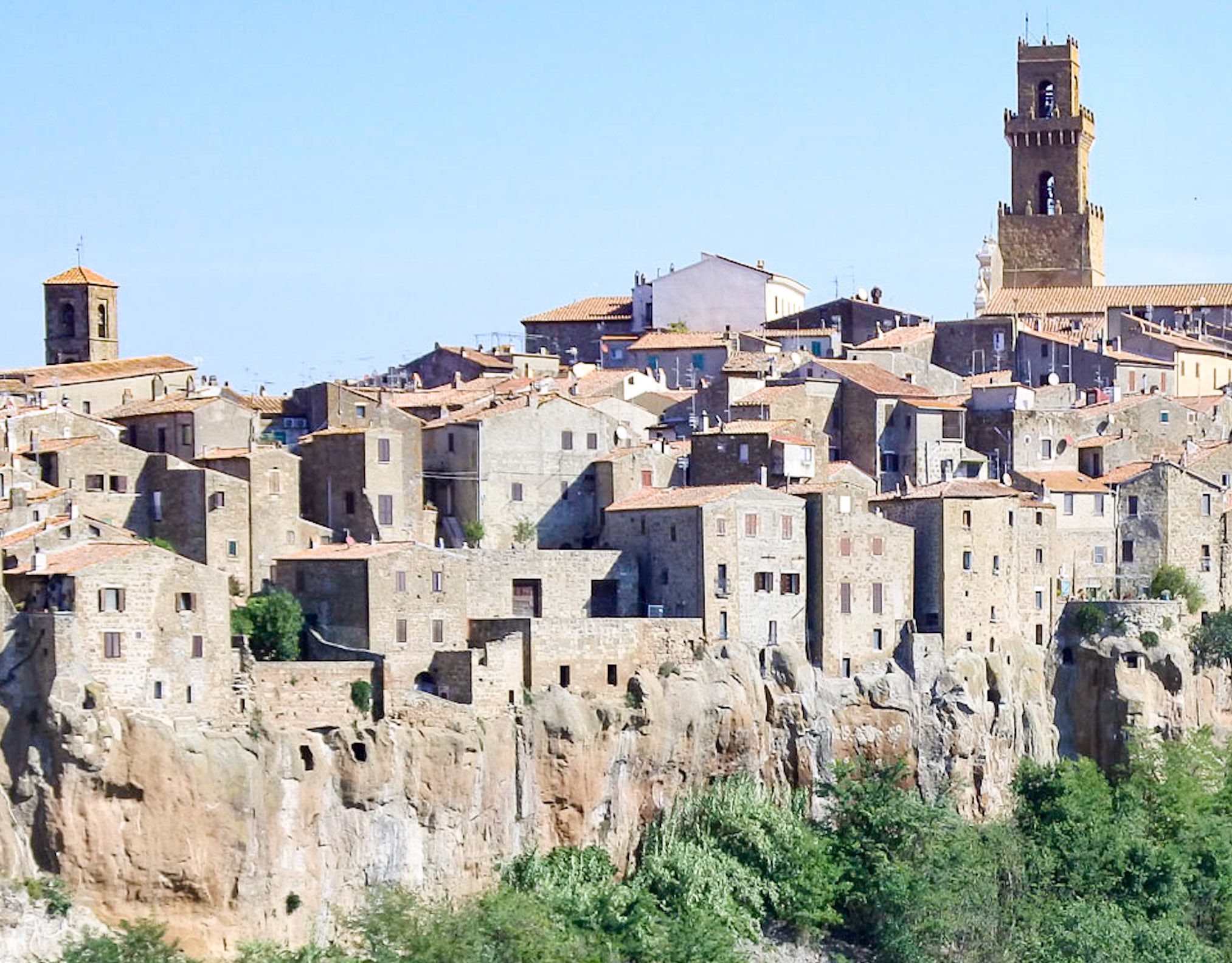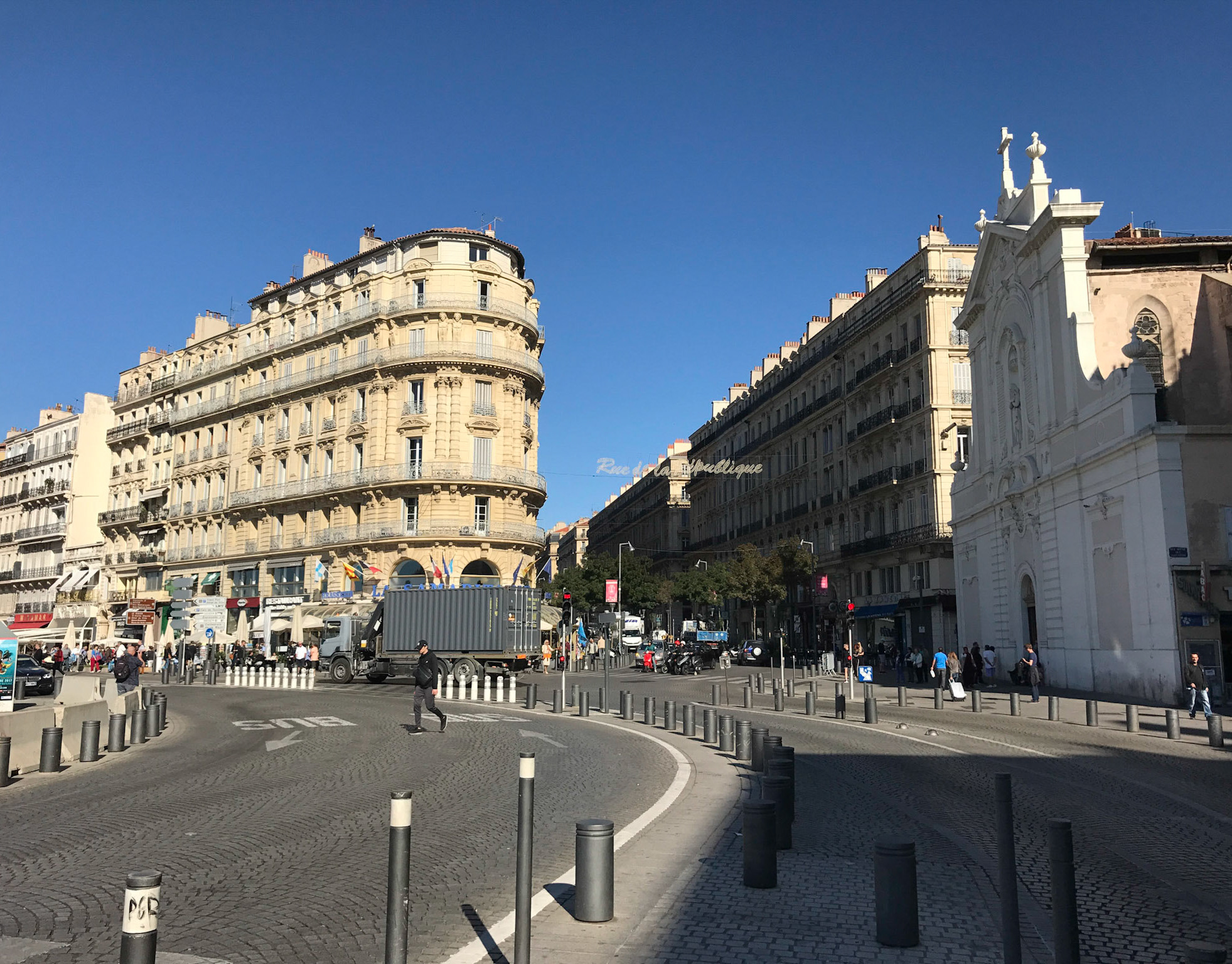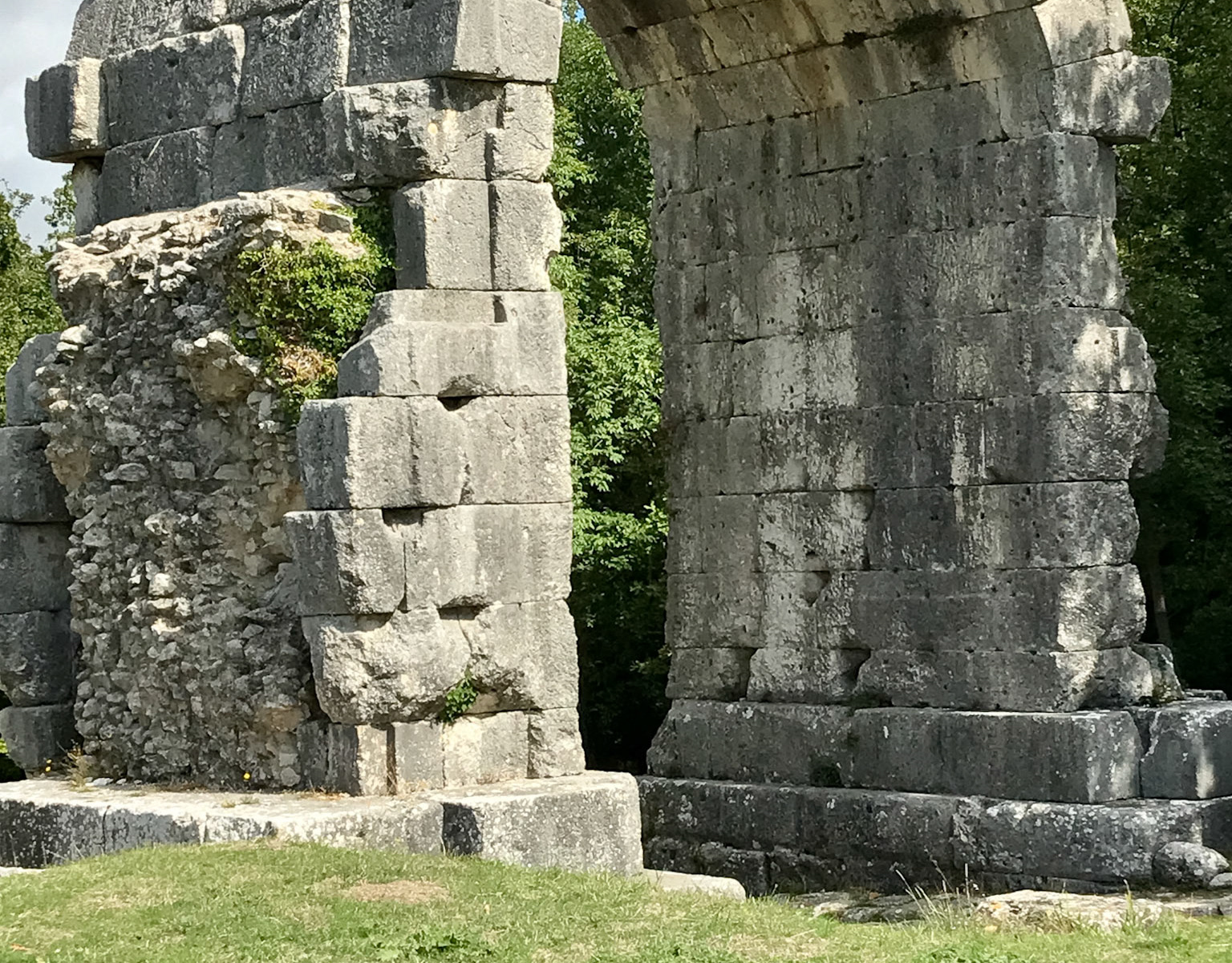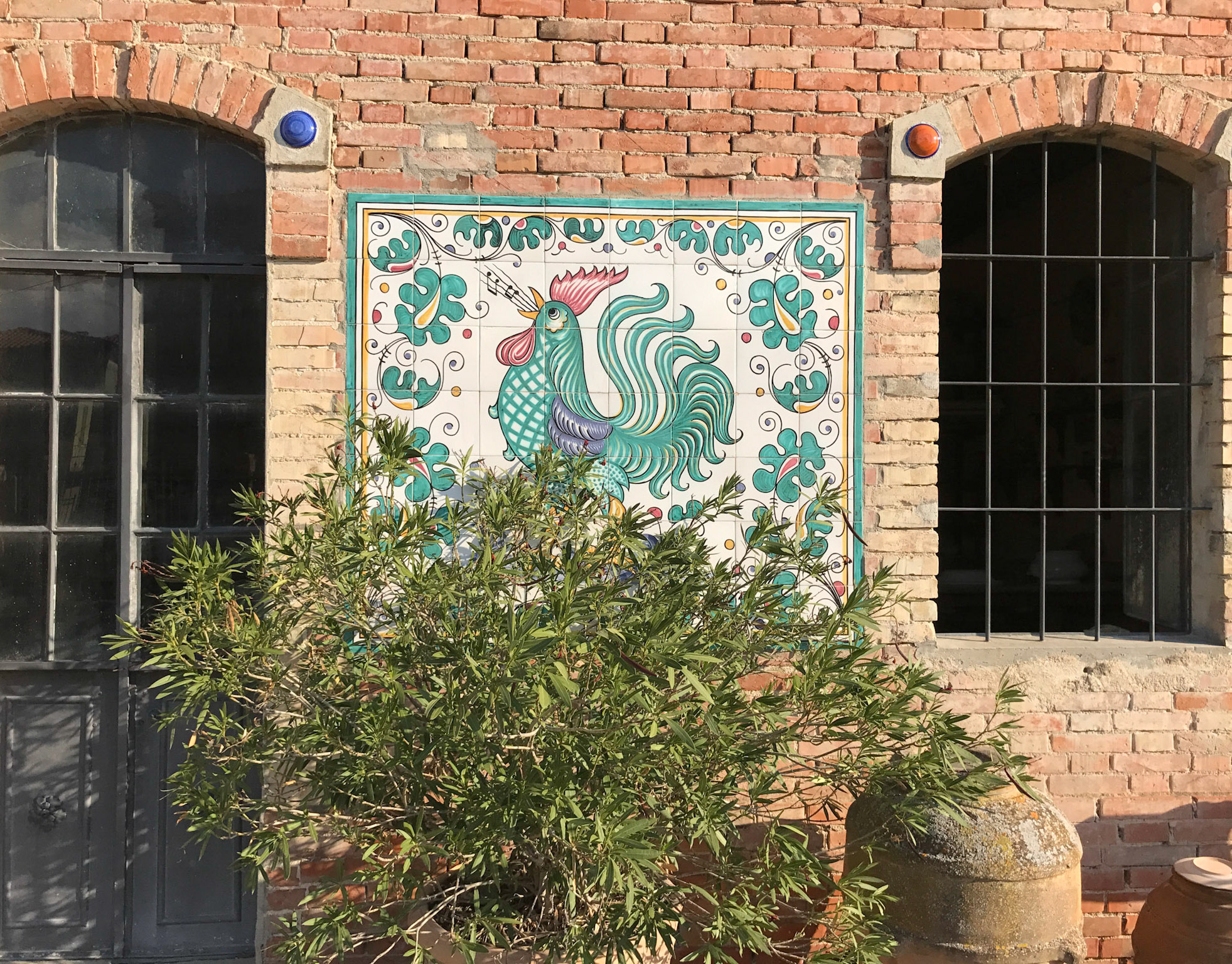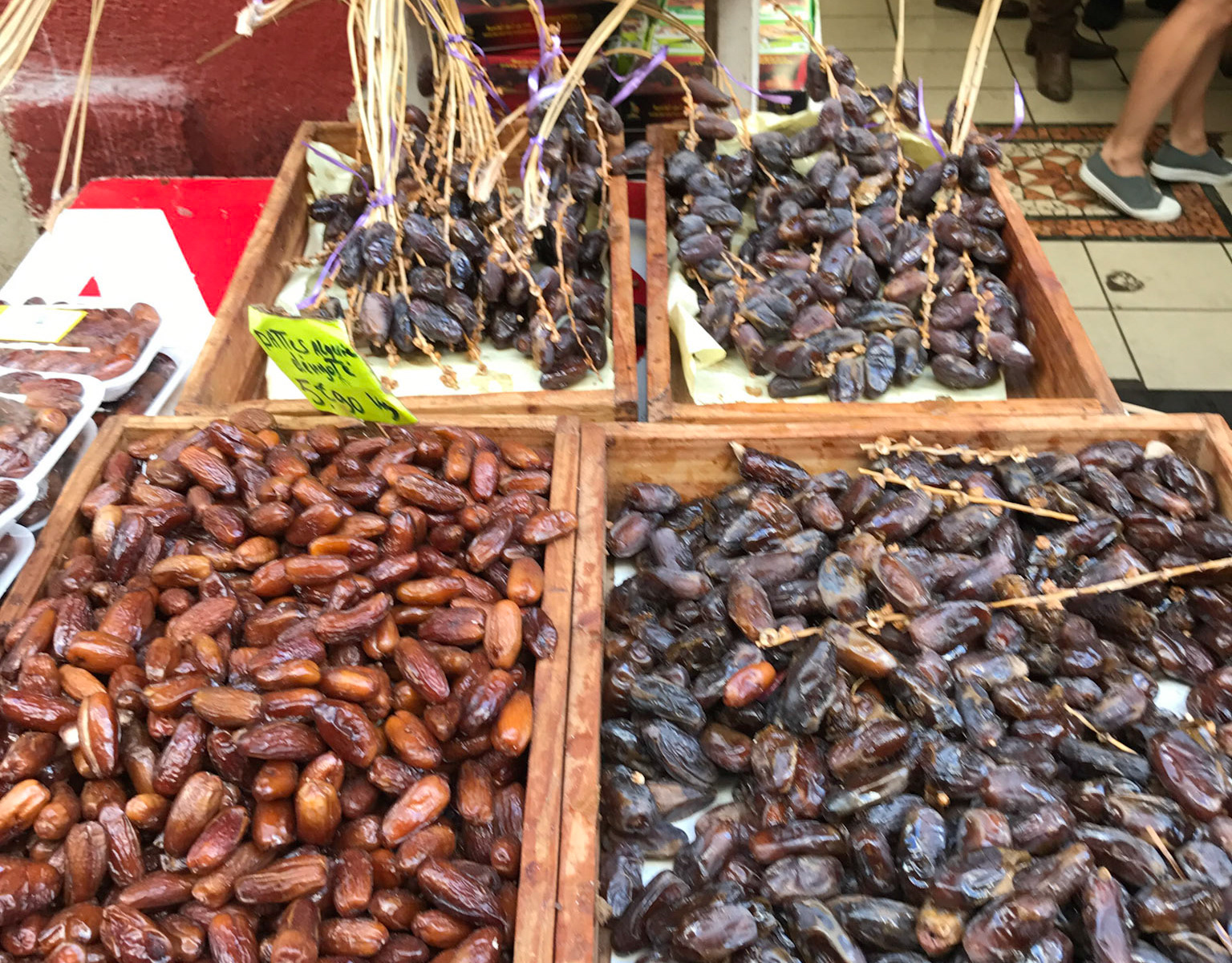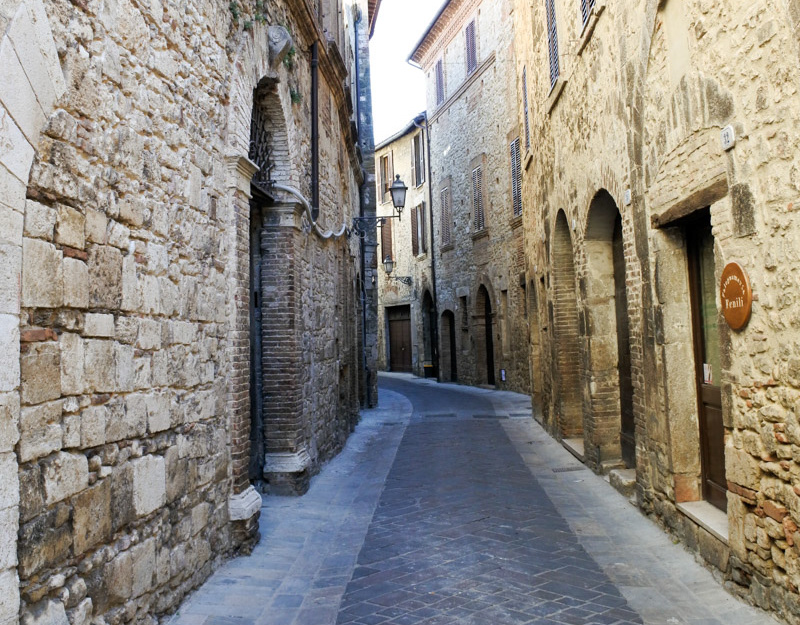Tarquinia is an ancient and important town near the coast. Our tour there was part of a day in the country, though it's all country and small towns. But the Mediterranean Sea is definitely an attraction, and a lunch on the beach was a lovely interlude. It was also our introduction to the obvious: wine goes with just about every meal after breakfast. In each of our lunch bags there was a stoppered half-liter bottle of local bulk wine. But no nap time.
Tarquinia sports an excellent museum that includes ancient burial vaults from Etruscan times.
This was one of the most important Etruscan cities. It contributed greatly to Rome’s growth and culture, even as a military adversary. The necropoli in the area date from the Iron Age. From the 9th century BC, the city evolved and it’s commercial and political impact grew until it challenged Rome in the 4th century BC, after which Rome came to dominate. Its port, Graviscae (now Porto Clementino) became a Roman colonia and exported wine and fish, while flax and lumber prospered inland.
The Tarquinia National Museum is housed in the Palazzo Vitelleschi, a Renaissance palace completed in the 1480s. The city has a number of medieval towers, including one dedicated to Dante, who knew the area well.
Of the cultural and historical sources I’ve found, I like best www.etruscantourism.it/en/about_tarquinia_data.asp. The section on local culture is especially fun to read and makes me want to go back to hang out.
Of the cultural and historical sources I’ve found, I like best www.etruscantourism.it/en/about_tarquinia_data.asp. The section on local culture is especially fun to read and makes me want to go back to hang out.
In the photos, the first is a relatively recent rural aqueduct we were driving past, but it was enough for us to want to stop the bus to take closer looks. My first sketch was inspired by this series of double-decker arches spanning a small valley. When we got to Tarquinia, we knew we had only a short time for an excellent museum and not much time to explore the town. Some sort of miscommunication between La Romida and the museum had us clogging up the gift shop for a while and finally roaming too rapidly through the exhibits and the interesting palace that houses it. Drawing arches can become a habit. There are so damned many examples.
Inside the museum, there are several complete burial vaults that are clearly those of wealthy families. Other constructed displays show the sorts of things Etruscans took with them into their after-life if they could. Because the area was prized for its forests and timber, which I didn't learn until writing this, I can see why the roofs, windows, and doors of the palace are so interesting. The stonework, too, has a grace and suppleness that's missing in the rock-hewn fortresses in the Apennines. And the streets are more spacious, even inside a massive fortress.
This part of the region and Tarquinia, in particular, get a spot on my futures list. I hadn't read about the area before. Now it's one more knot in the rope.
